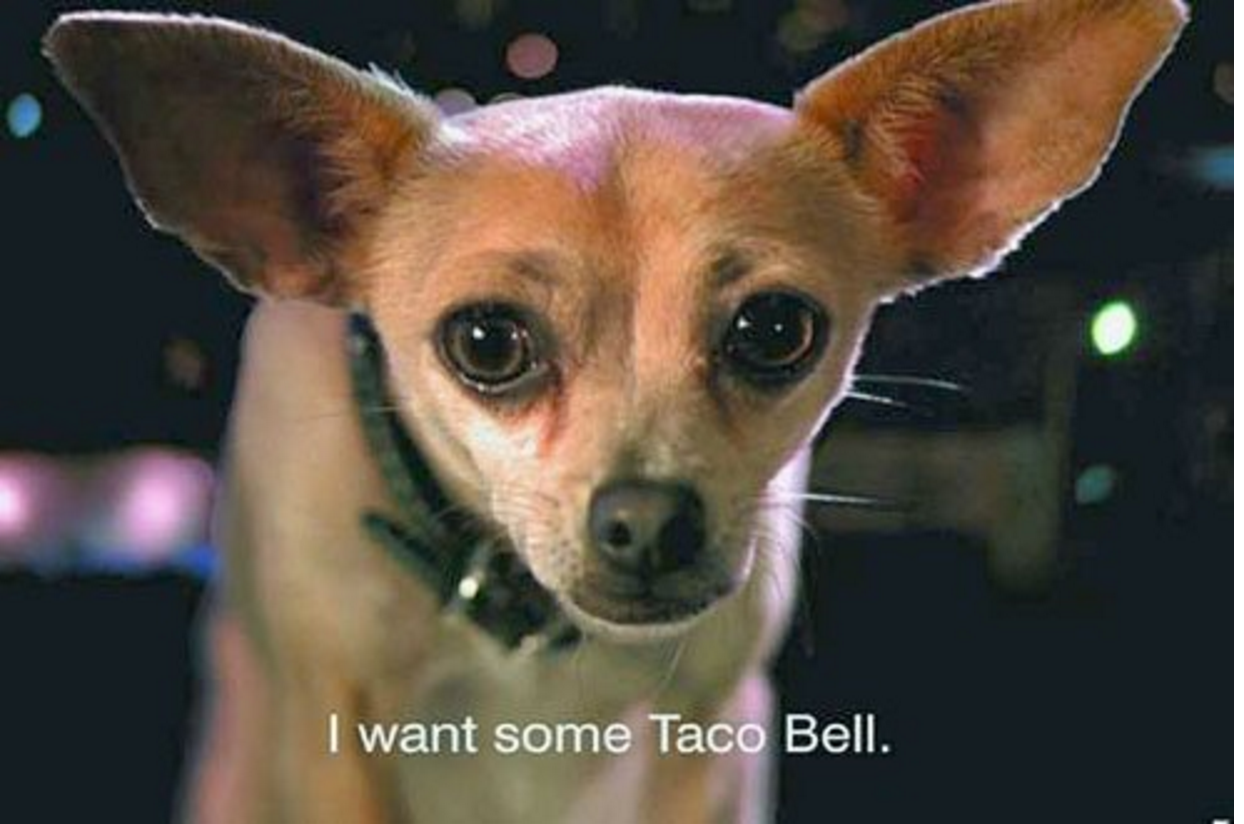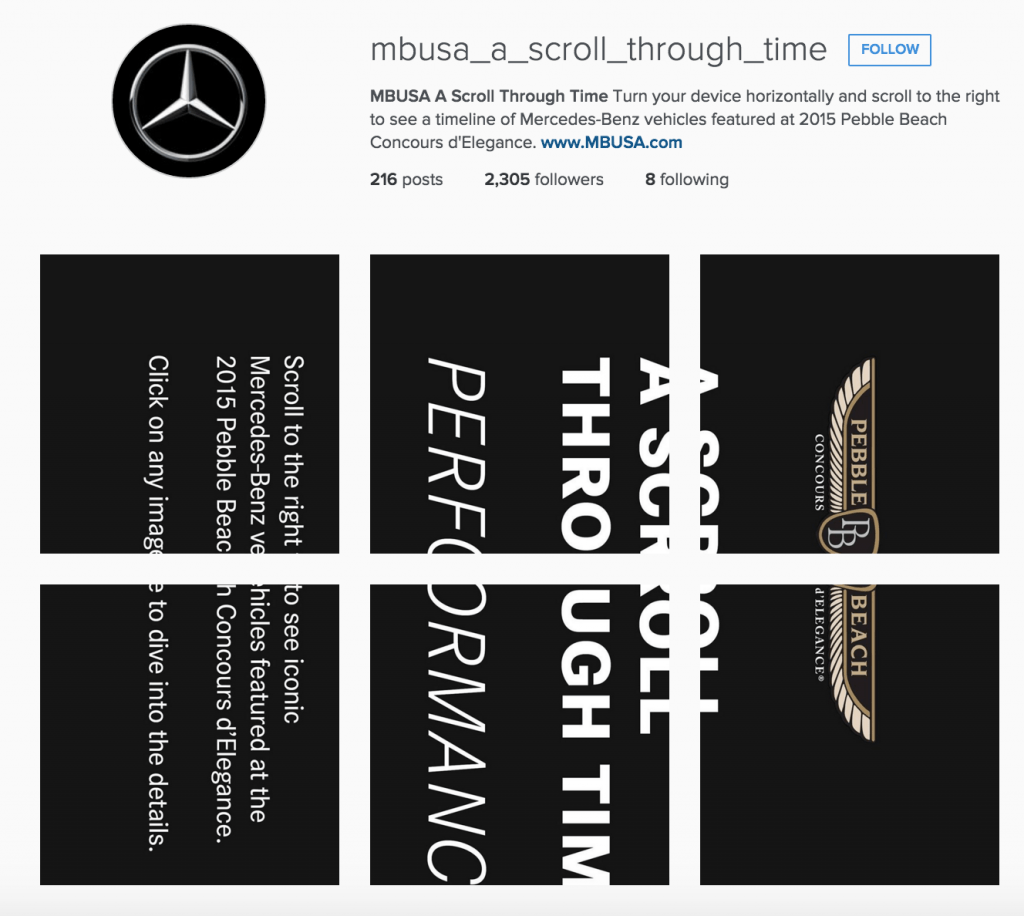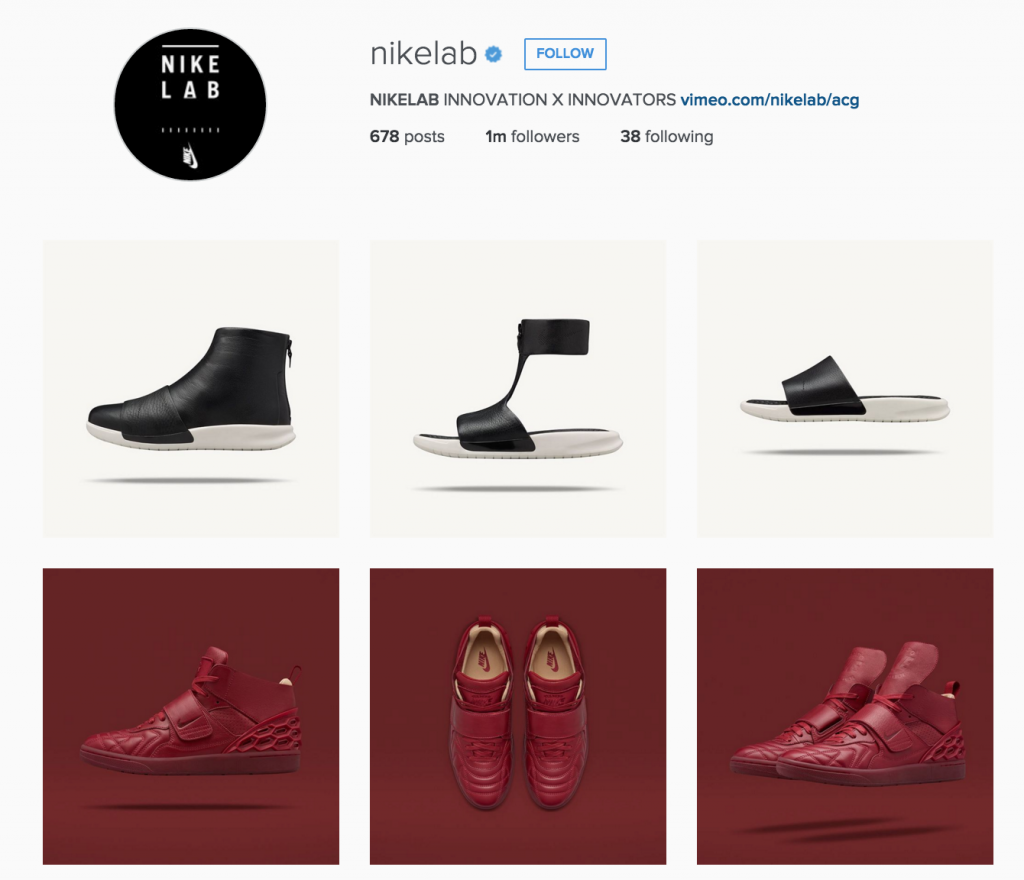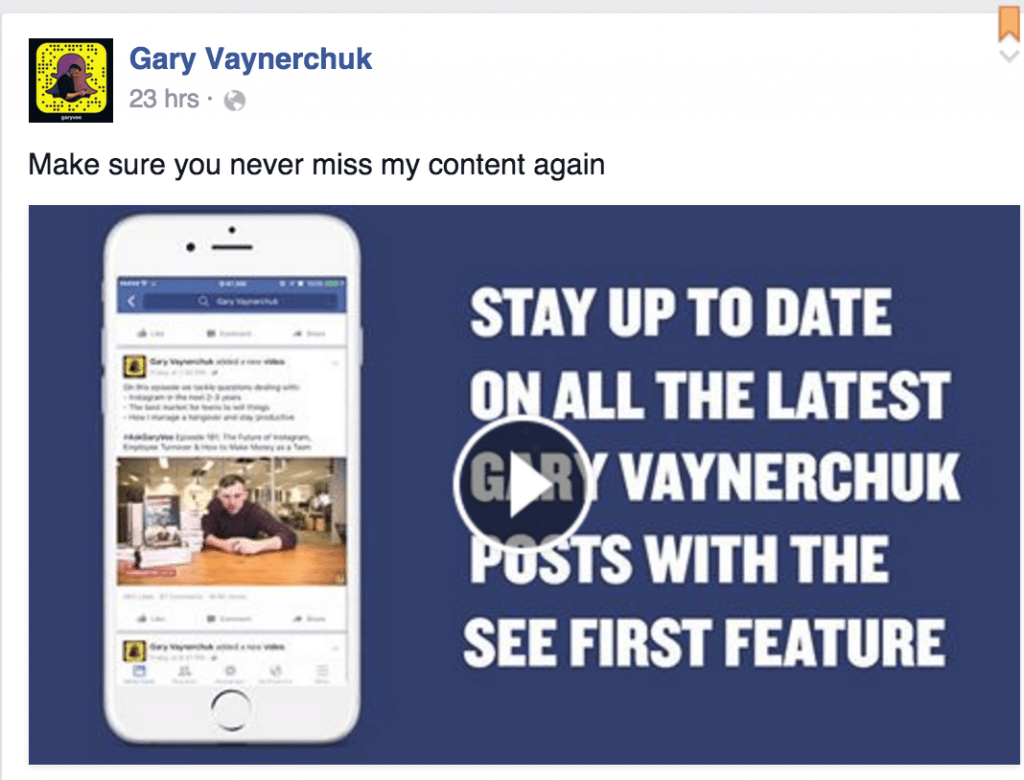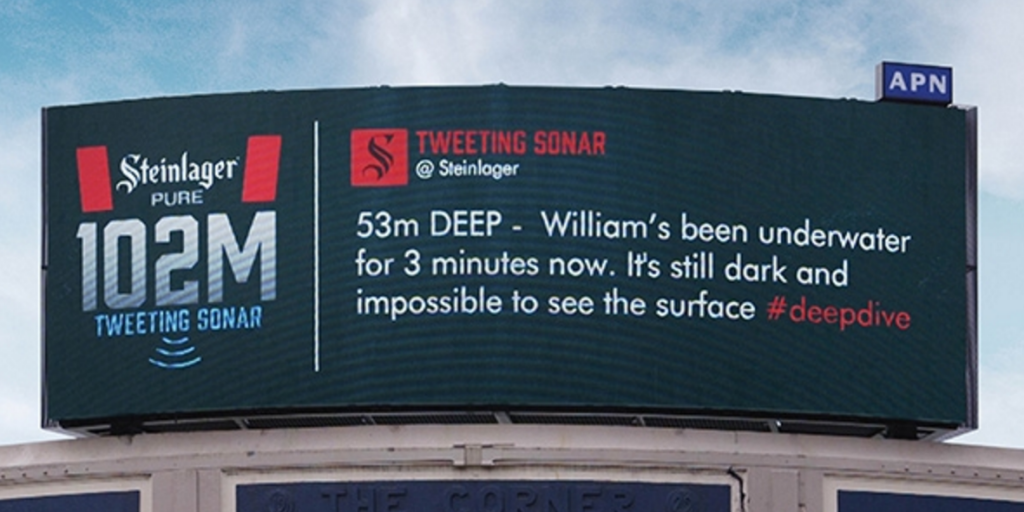A few weeks ago, I wrote a blog post called “5 Reasons most content marketing is FAR behind where it needs to be.” In this post I postulated that the traditional advice that businesses need to “think like media companies” is losing steam. A more legitimate analogy for our present day is that we need to think like fashion designers.
I’m convinced that thinking like a media company isn’t enough any more. It’s unlikely that a content strategy that worked five years ago will work today. We need to look to the fashion industry for content inspiration … and maybe even Taco Bell!
Thinking like a media company
As far as I can determine, the earliest reference to the idea that companies need to “think like media companies” was popularized by Tom Foremski around 2005. It’s advice we take for granted today, but 10 years ago the notion was revolutionary … and true.
Instead of advertising, as we had done for a century, companies needed to leverage new technologies to publish helpful, original, interesting content that would build reputations and attract people to our business. And if we didn’t do it, somebody else would!
If you were the first blog, video, or podcast channel in your vertical, it wasn’t difficult to get a following because in the early days, using corporate content as a widespread digital strategy was a novel idea. Free social media distribution made content marketing easy — maybe too easy — for everybody to climb aboard the content train.
But alas, what was unique 10 years ago is not so unique today.
According to research by TrackMaven (and verified by many others), a majority of professional marketing content fails to have an impact. In fact TrackMaven calls this “the darkest picture to date of content marketing.”
- The output of content per brand increased by 78 percent in one year, but content engagement decreased by 60 percent at the same time.
- On social networks, brand-generated content is seeing the lowest engagement rates now than any other time. BuzzSumo reported that even the best content creators are seeing dramatic declines in social referrals.
- 50 percent of professionally-marketed blog posts receive fewer than eight social shares.
We only need to look at our own field of marketing to get thoroughly depressed by the incredible volume of content that simply drones on about the same old topics (“Five best Twitter tips” any one?). A “they ask, you answer” strategy can’t work in an environment when the same questions are being answered over and over and over again like a daily injection of novocaine.
If this doesn’t describe the situation in your industry, it probably will. Why? Because content marketing done well works, and every study shows that content-producing budgets are escalating across the board. So what worked seven years ago — or even two years ago — probably isn’t going to be the most effective strategy in the saturated content environment of today.
The content chalupa
Now let’s look at another way of doing business. How does the fashion industry get its “content” viewed?
When you think about it, it’s pretty miraculous. Their toolkit is so limited!
A fashion designer has a finite number of fabrics, colors, production techniques, and textures that need to conform to a human body. And yet every year the designers combine those ingredients to provide dazzling and buzz-worthy “content” that makes the nightly news during Fashion Week.
Here’s a company that thinks like the fashion industry: Taco Bell.
The Taco Bell “tool kit” consists of essentially 14 ingredients: Bacon, beans, soft and hard taco shells, cheese, ground beef, steak, chicken, peppers, onions, rice, tomatoes, lettuce and a few different sauce varieties.
Here are just SOME of the ways Taco Bell combines these 14 elements into new “content:”
- Tacos
- Double-decker taco supreme
- Taco Salad
- Dorito-flavored tacos
- Gorditas
- Cheesy Gordita Crunch
- Crunchwrap
- Crunchwrap Supreme
- Quesadilla
- Quesalupa
- Quesarita
- Burrito
- Grilled Stuft Burrito
- Five-layer burrito
- Cantina Burrito
- Cantina Power Bowl
- Loaded Chicken Griller
- Nachos Bell Grande
- Cheesy Roll-ups
- Spicy Tostada
- Chalupa
- Chalupa Supreme
… Well, you get the point. Taco Bell is using their limited “toolkit” to constantly create something new, new, new. The fast-food chain would not be nearly as successful if they simply used those ingredients to make … tacos.
Here’s the problem, content marketer: You’re making tacos.
Why is content marketing in “dark days?” I think there are several reasons.
Foremost is Content Shock. Exploding information density and competition for limited attention has dramatically changed the economics of the space and what it takes to succeed. Another reason is an inability to measure content marketing in a meaningful way. A third reason is that most businesses are stuck in the “media company” mindset because it made sense a few years ago but they’re not considering our current marketing environment.
Most businesses are making taco content that looks and tastes like the tacos down the street. Blog posts and how-to videos still work of course, but they are probably becoming less effective in a saturated, information-dense world. If you’re still making content tacos, you’ll eventually be left behind by somebody who figures out how to make a double-decker taco supreme.
Chalupas are a popular dish in south-central Mexico. The version sold at Taco Bell couldn’t be more different than the real thing. But the restaurant only has 14 ingredients, so they created something conversational out of the ingredients on hand. And I think that’s what we need to do, too.
Maybe content marketing needs to be a chalupa by using the technology toolkit at our disposal to create conversational moments. Like the fashion business. Like a taco barista.
Here are inspiring examples of businesses mashing up technology and content by using old ingredients in weird and wonderful new ways:
1. A new angle
Robert Rose let me know about a Mercedes Benz Instagram account that required you to turn your smartphone side-ways to view photos that made a historical automotive timeline. Now there’s some sizzle!
My friend Leah Mackey Schultz pointed out another interesting Instagram mash-up. This Nike Lab account looks like a very stylish fashion catalogue. Beautiful and addictive!
2. 2D + 3D + video
Here’s a new take on old art. How does a museum create a conversational experience with paintings that people can see routinely now online? Josh Murdock pointed me in the direction of this video and virtual reality experience from the Dali Museum that allows you to immerse yourself into a surreal 3D world inspired by Salvador Dali’s paintings:
If you can’t see this video in your browser click to see Salvador Dali in 3D
3. Streaming video + YouTube + Blog + Slideshare
Streaming video is hot but it also has amazing mash-up potential.
I’ve created a streaming video series on Blab called “Office Hours” where I have an open conversation with thought leaders on digital marketing topics. I had a great dialogue with Author Brian Solis and we unpacked some interesting new views on the tangled customer journey.
I uploaded the video provided by Blab to YouTube for my subscribers on that channel and embedded the video into a blog post called Marketing: New Architects of the Customer Experience. I then created a Slideshare presentation with the video embedded right in the presentation.
From this great 30-minute conversation I created four exceptional pieces of content, including a “talking” Slideshare presentation:

4. Interactive video
Video is finally getting more fun and interactive. The use of creative techniques to involve viewers in a game-like environment is catching on. My friend Maël Roth provides this famous example from Tipp-Ex that used humor and drama to create awareness for their product (22 million views). Note there is language in this video not appropriate for office or family viewing:
If you can’t see this vide in your browser, click here for Shoot the Bear video
Another example of interactive video is this award-winning campaign from DBS Bank. The new video built upon a popular video that introduced the brand to the Indian market through the adventures of an entrepreneur named Ken. In this video, you get to decide what happens to Ken.
5. Gary Vaynerchuk’s omni-channel approach
Rosemary O’Neill of hoop.la provides this example. She admires the way Gary Vaynerchuk combines platforms and leverages content massively through cross-promotion. Notice in this one post he’s leveraged Facebook, Snapchat, YouTube and a private “see first” feature. It’s a Nachos Bell Grande!
6. Combining a new platform with an old game
Andrew Knapp has attracted more than a half million followers on Instagram by putting his dog in “Where’s Waldo” situations. His photo feed is addictive because you know his border collie is in that photo somewhere! He is applying ideas from an old game to a new medium.
7. A creative use of a minor platform
One of {grow}’s most devoted readers is Muhammad Saad Khan. He provides this great mash-up story of how he leveraged an often-overlooked “ingredient,” Quora, for a major PR achievement for his company Cloudways.
“About an year ago, we wanted to get exposure on a major media website like VentureBeat. We were a small company and we weren’t having any progress reaching out directly to journalists. So I had to get creative with content through Quora.
“At that time, there was a lot of buzz around ‘Cloud Wars.’ We created a thread on Quora about ‘How PaaS Providers will be affected with this War’ and I invited influencers in the cloud industry to contribute to the discussion. They could not resist. We received six great answers in one day (including a TechCrunch author!).
“I curated those questions into a blog post and sent it to a journalist of VentureBeat. He instantly approved that story and provided me an opportunity to be a guest author on VentureBeat, providing great exposure for our company and its leaders.”
8. Twitter + billboards
World record holders in free diving aren’t exactly household names. That was no obstacle to Steinlager Pure beer which publicized an attempt the world free dive record through a unique mash-up.
Pairing a souped-up sonar fish finder to detect the diver’s progress with prewritten tweets describing the dive, tweets were sent to digital billboards across New Zealand. The diver achieved his goal and so did Steinlager, as the dive became the biggest sporting event in New Zealand, with a larger audience than the World Cup final.
9. Social media + crowd-sourcing + holograms for social good
This is one of the coolest mash-ups I have seen.
Spain’s Congress passed a law deeply restricting the right to assemble publicly and protest. About 80 percent of the population opposed the law so almost 100 rights organizations banded together to form NoSomosDelito (WeAreNotCrime).
The group protested in the only way the law allowed — by not actually being there.
Any protester could connect through social media and upload photos that would become holographic protesters. The holographic images were stitched together and displayed on screens in the streets in front of Parliament in a virtual manner. The crowd-sourced, holographic protests generated worldwide news coverage and 400 million online impressions.
You have to see this video to believe it …
Click here if you can’t see the video to view on YouTube: Holographic protest
10. An entirely new content form?
In this video by Hello play!, the viewer is taken on an amazing 360-degree journey. To understand the music, you have to use your mouse to spin around the room to see what’s going on. A very new way to tell a story and you’ll have to try it yourself to believe it …
11. Digital + ads + P2P
Naturally I saved the best for last.
When I wrote the first edition of The Tao of Twitter in 2009 I noted that the real opportunity for business “is not B2B, it’s not B2C, it’s #P2P — connecting People to People.” This is a theme I have continued to emphasize in my books, classes and speeches for nearly a decade.
This is one of my favorite examples of that concept and a case study I use in my college classes. The small town of Vrin, Switzerland, had the challenge of getting busy people to slow down and take a train to visit their country village. You’ll love this mash-up of streaming video and kiosk advertising! #P2P at its best!
Click here if you can’t see the video to view on YouTube: Vrin travel video
To me the highlight of the video was the moment a woman leaned over and kissed the screen. It symbolizes this deep need we have to connect with a person — not a logo, a press release, or a jingle.
You don’t necessarily need a huge budget to be creative. Several of these examples cost no money at all. Last year Author Jay Baer experimented with a series of daily 3-minute smartphone videos called Jay Today. There’s nothing new about short videos but nobody in the space was creating daily three-minute opinion pieces. He simply used an old “ingredient” in a new way to create entertaining conversational moments.
I hope you’re inspired to go out there and shake it up. Stop making tacos. How can you combine your everyday “ingredients” into exciting new content experiences?
Hat-tip to AdWeek for leading me to Billboard and hologram protest case studies
